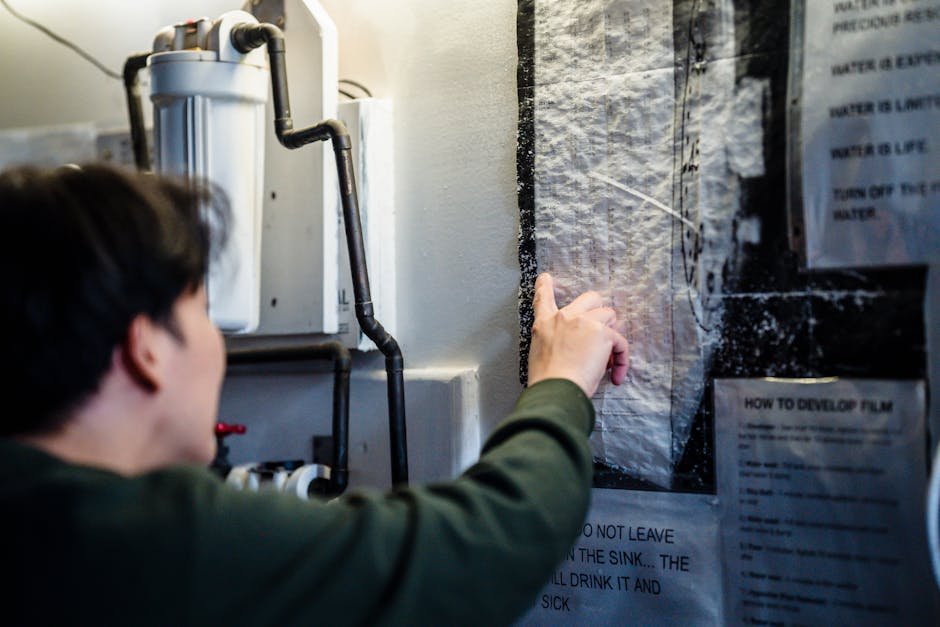How to Design a Professional Portfolio Website on WordPress
In today’s digital age, having a professional portfolio website is essential for showcasing your work, whether you’re a designer, writer, or developer. WordPress, with its flexibility and user-friendly interface, is an excellent platform for building a stunning portfolio. In this guide, we’ll walk you through the steps to create a portfolio website that not only looks professional but also attracts potential clients. Let’s dive in! 🚀
Table of Contents
- Why Choose WordPress for Your Portfolio?
- Setting Up WordPress
- Choosing the Right Theme
- Essential Plugins for Portfolio Websites
- Crafting Your Content
- Optimizing for SEO
- FAQs
Why Choose WordPress for Your Portfolio?
WordPress powers over 40% of all websites on the internet, and for good reason. It offers a wide range of customizable themes, plugins, and widgets that make it easy to create a professional-looking site without any coding knowledge. Plus, WordPress is highly SEO-friendly, meaning your portfolio will have a better chance of ranking high in search engine results. 🌟
Setting Up WordPress
Before you can start designing, you need to set up your WordPress site. Here’s how:
1. Choose a Domain Name and Hosting
Your domain name is your website’s address. Choose something that reflects your personal brand or the services you offer. Once you have a domain, select a reliable hosting provider like Bluehost or SiteGround, which offer seamless WordPress integration.
2. Install WordPress
Most hosting providers offer one-click WordPress installation. Simply log into your hosting account, find the WordPress installer, and follow the instructions. Within minutes, you’ll have your WordPress site up and running.
Choosing the Right Theme
Your theme sets the visual tone for your portfolio. Here’s how to choose the right one:
1. Look for Portfolio-Specific Themes
WordPress offers a plethora of themes designed specifically for portfolios. Themes like Astra, OceanWP, and Divi are popular choices for their versatility and professional layouts.
2. Responsive Design
Ensure the theme is responsive, meaning it looks great on all devices, from desktops to smartphones. This is crucial as many clients may view your portfolio on the go. 📱
Essential Plugins for Portfolio Websites
Enhance your site’s functionality with these must-have plugins:
1. Elementor or WPBakery Page Builder
These drag-and-drop page builders make it easy to design stunning pages without any coding skills.
2. Yoast SEO
Optimize your site’s SEO with this powerful plugin. It helps you manage meta tags, XML sitemaps, and more.
3. Jetpack
From security to performance enhancements, Jetpack offers a suite of tools to keep your site running smoothly.
Crafting Your Content
Your content is the heart of your portfolio. Here’s how to make it shine:
1. Showcase Your Best Work
Highlight your most impressive projects. Use high-quality images and provide detailed descriptions to give potential clients a clear idea of your capabilities.
2. About Me Page
Tell your story. Share your background, skills, and what drives your passion. This personal touch helps clients connect with you on a deeper level.
3. Contact Information
Make it easy for potential clients to reach you. Include a contact form, email address, and links to your social media profiles.
Optimizing for SEO
To ensure your portfolio gets noticed, follow these SEO tips:
1. Keyword Research
Identify keywords relevant to your niche and incorporate them naturally into your content. Tools like Google Keyword Planner can be invaluable here.
2. Optimize Images
Use descriptive file names and alt text for your images to improve search visibility.
3. Regular Updates
Keep your portfolio fresh by regularly updating your work and blog sections. This not only improves SEO but also shows clients you’re active and engaged in your field.
FAQs
Q: Do I need to know coding to build a portfolio on WordPress?
A: No, WordPress is designed to be user-friendly. With the right themes and plugins, you can create a professional portfolio without any coding knowledge.
Q: Can I switch themes later?
A: Yes, you can switch themes at any time. However, some customization might be needed to ensure everything looks perfect.
Q: How often should I update my portfolio?
A: Regular updates are crucial. Aim to refresh your content every few months or as you complete new projects.
Creating a professional portfolio website on WordPress is a rewarding experience that can significantly boost your career. By following these steps, you’ll be well on your way to impressing potential clients and showcasing your work in the best possible light. Happy designing! 🎨














